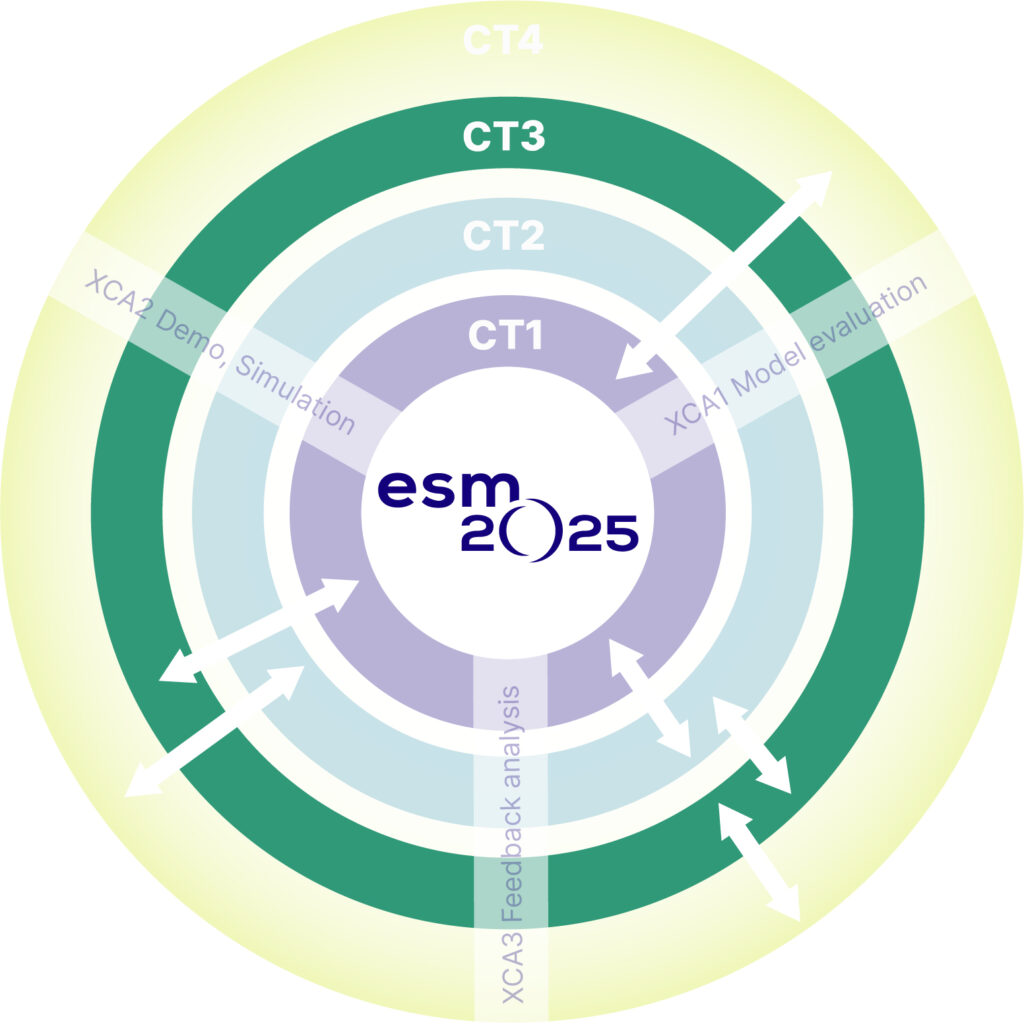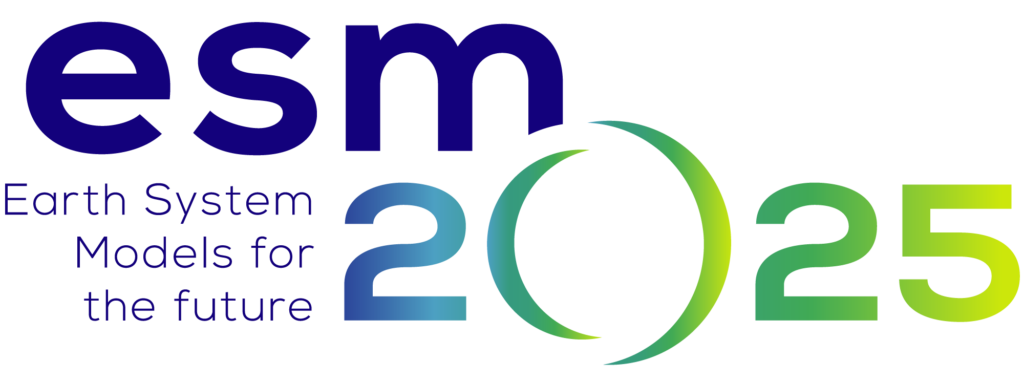Core Theme 3 - Connecting with IAMs
This core theme (CT) consists of three workpages: WP10 – Improving IAM-ESM land use representation, WP11/12 – Improving reduced-complexity carbon-cycle and climate models, and WP13 – Assessment of robust and resilient climate action.
This core theme involves understanding and improving coupling between different types of models, building emulators so that the results of complex models can be accurately and quickly predicted in order to design climate scenarios. We will improve the representation of land use processes relating to mitigation policy, and will coordinate experiments to assess their efficacy. We will coordinate experiments to assess climate-carbon feedback uncertainty and represent these uncertainties in simple climate models. Finally, we will design robust mitigition policy considering the findings of the wider project.
We seek to improve the representation of key processes relevant for land based mitigation in both complex and simple models, improving our understanding of the robustness of different mitigation strategies. We will conduct a suite of uncertainty experiments to assess ESM response to carbon, methane and nitrous oxide emissions. We will build a novel, open source modular simple climate model which will be used to assess uncertainties in mitigation strategy response. We will assess consistency in the representation of carbon stocks across different model classes (Earth System Models, simple models and integrated assessment models), and will use this improved representation to design and better understand mitigation scenario choices.

Improving processes realism in ESMs
WP1: Atmosphere processes
WP2: Land processes
WP3: Ocean, marine biogeochemistry and cryosphere processes
Enabling and exploring new couplings between Earth system components
WP5+WP5: Coupled CH4 cycle
WP6+WP7: Coupled Nitrogen cycle
WP8+WP9: Coupled Dynamical Ice sheets
Connecting with IAMs
WP10: Improving IAM-ESM land use representation
WP11+WP12: Improving reduced complexity climate-carbon cycle models
WP13: Assesment of robust climate mitigation options
Outreach, knowledge exchange and project management
WP14: Operationalisation of the Paris Agreement: Bringing policy and science together and sharing knoledge with the public
WP15: Education and vocational training
WP16: Project and data
WP17: Ethics requirements
Cross-cutting activity 2 - Coordinated and demonstration simulations
Cross-cutting activity 1 - Model evaluation
CT3 Leaders

Joeri Rogelj
In ESM2025, I co-coordinate CT3 with Ben Sanderson, and co-lead within WP13 research activities that will integrate the latest Earth system science knowledge into scientific tools for policy assessment, called Integrated Assessment Models (IAMs). I also co-lead the ESM2025 activities that co-produce and translate new scientific insights from ESM2025 for policy and decision makers.

Benjamin Sanderson
In ESM2025, I co-coordinate CT3, which contains elements of climate projection uncertainty and simple climate model design, including idealised experiments to assess simple and complex model response to emissions driven climate change – and designs strategies for how those experiments relate to policy guidance.
Work Package 10
WP10 aims to improve the representation of land-based mitigation options in the land surface models (LSMs) used in Earth system models. We will focus on agricultural practices (bioenergy crop yields, harvesting, fertilizer, irrigation) and afforestation, reforestation and forest management approaches. We will use the improved LSMs to study the biogeochemical and biophysical climate impacts of the land management practices, and their implications for the effectiveness of land-based climate mitigation strategies. These developments will strengthen the linkages between integrated assessment models and Earth system models, enabling comprehensive assessments of biogeochemical and biophysical effects of future mitigation scenarios.
Work Package 11/12
WP11 aims to provide new insights into earth system dynamics, particularly radiative and carbon cycle feedbacks. These feedbacks are key for projections of future climate and the ESM development to derive further insights into these feedbacks is a flagship of this project. On top of the general scientific insights, we will use the results of work package 11 to develop and calibrate MAGICC in WP 12. WP 12 will examine the behaviour of, calibrate and improve two models in the reduced complexity space: OSCAR, a model with a more comprehensive carbon cycle, and MAGICC, which has a more simplified carbon cycle.
Work Package 13
WP13 will capitalize on the new insights and simple climate modelling tools developed in other parts of the project and establish a link between these Earth system science tools and tools for policy analysis known as Integrated Assessment Models or IAMs. In a first task, the most up-to-date Earth system information as captured in a new open-source Earth system emulator will be linked to a leading IAM. This linkage, together with insights about how measures to sequester carbon on land are affected by Earth system feedbacks, will then be used to assess the effectiveness and potential of different land-based mitigation options. Finally, in a last task, policies that are robust against the uncertainties and potential variations in the effectiveness of mitigation options will be developed in pursuit of identifying climate resilient policies.

